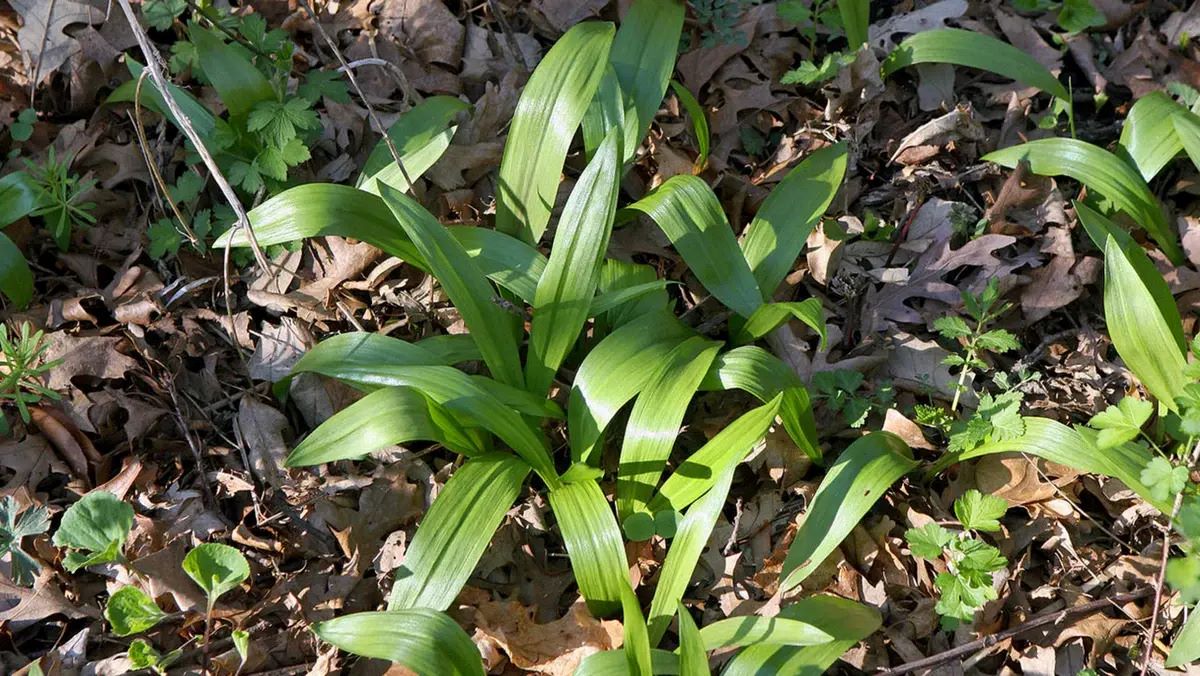Hidden Wild Ramps Hollows Of North Carolina

Have you ever tasted the unique flavor of wild ramps? These wild onions, also known as ramps, grow in the hidden hollows of North Carolina. They have a strong, garlicky taste that food lovers adore. In spring, these plants pop up in shady forests, making them a prized find for foragers. The best part? You don't need to be an expert to find them. With a bit of guidance, anyone can enjoy a day hunting for these tasty treasures. Ready to learn where and how to find wild ramps in North Carolina? Let's get started!
Discovering the Hidden Wild Ramps Hollows of North Carolina
North Carolina, known for its stunning landscapes and rich biodiversity, hides some of the best spots for foraging wild ramps. These elusive plants, also known as wild leeks, are a springtime delicacy. Let's explore some of the best places to find these hidden gems.
1. Pisgah National Forest
Pisgah National Forest, with its lush greenery and diverse flora, is a prime location for foraging wild ramps. The forest's vast expanse offers numerous trails and hidden hollows where ramps thrive.
- Location: Western North Carolina
- Best Time to Visit: Early spring
- Tips: Look for moist, shaded areas near streams
2. Great Smoky Mountains National Park
The Great Smoky Mountains National Park, straddling the border between North Carolina and Tennessee, is another excellent spot for finding wild ramps. The park's rich soil and cool climate create the perfect environment for these plants.
- Location: Border of North Carolina and Tennessee
- Best Time to Visit: Late March to early May
- Tips: Check the park's regulations on foraging before you go
3. Nantahala National Forest
Nantahala National Forest, named after the Cherokee word for "land of the noonday sun," offers a variety of habitats where wild ramps can be found. The forest's shaded coves and hollows are ideal for these plants.
- Location: Southwestern North Carolina
- Best Time to Visit: April
- Tips: Focus on areas with rich, loamy soil
4. Uwharrie National Forest
Uwharrie National Forest, though smaller than some of the other forests in North Carolina, still provides excellent foraging opportunities. The forest's rolling hills and valleys are home to many wild ramps.
- Location: Central North Carolina
- Best Time to Visit: Mid to late April
- Tips: Search near the base of hills where moisture collects
5. Blue Ridge Parkway
The Blue Ridge Parkway, known for its scenic beauty, also offers hidden spots for finding wild ramps. The parkway's numerous overlooks and trails provide access to prime foraging areas.
- Location: Western North Carolina
- Best Time to Visit: Early April
- Tips: Explore less-traveled trails for the best finds
6. Mount Mitchell State Park
Mount Mitchell State Park, home to the highest peak east of the Mississippi River, is another great place to search for wild ramps. The park's high elevation and cool temperatures create a unique environment for these plants.
- Location: Western North Carolina
- Best Time to Visit: Late April to early May
- Tips: Look in shaded areas at higher elevations
7. Linville Gorge Wilderness
Linville Gorge Wilderness, often referred to as the "Grand Canyon of the East," offers rugged terrain and rich biodiversity. The gorge's deep hollows and shaded areas are perfect for finding wild ramps.
- Location: Western North Carolina
- Best Time to Visit: Early to mid-April
- Tips: Be prepared for challenging hikes to reach the best spots
8. Joyce Kilmer Memorial Forest
Joyce Kilmer Memorial Forest, known for its old-growth trees, also harbors wild ramps. The forest's untouched environment provides a pristine habitat for these plants.
- Location: Southwestern North Carolina
- Best Time to Visit: Mid-April
- Tips: Focus on areas near streams and under large trees
Discovering Wild Ramps in North Carolina
Exploring wild ramps in North Carolina offers a unique adventure. These hidden gems, found in the Appalachian Mountains, provide a tasty treat and a connection to nature. Spring is the best time to find them, usually around April. Look for moist, shady areas in forests. Remember to forage responsibly, taking only what you need and leaving some for others and future growth.
Cooking with ramps is simple. Their garlicky-onion flavor enhances many dishes, from soups to salads. Whether you're a seasoned forager or a beginner, finding wild ramps can be a rewarding experience. It’s a great way to enjoy the outdoors and add a special ingredient to your meals. So, grab a basket, head to the woods, and enjoy the hunt for these delicious wild plants.

